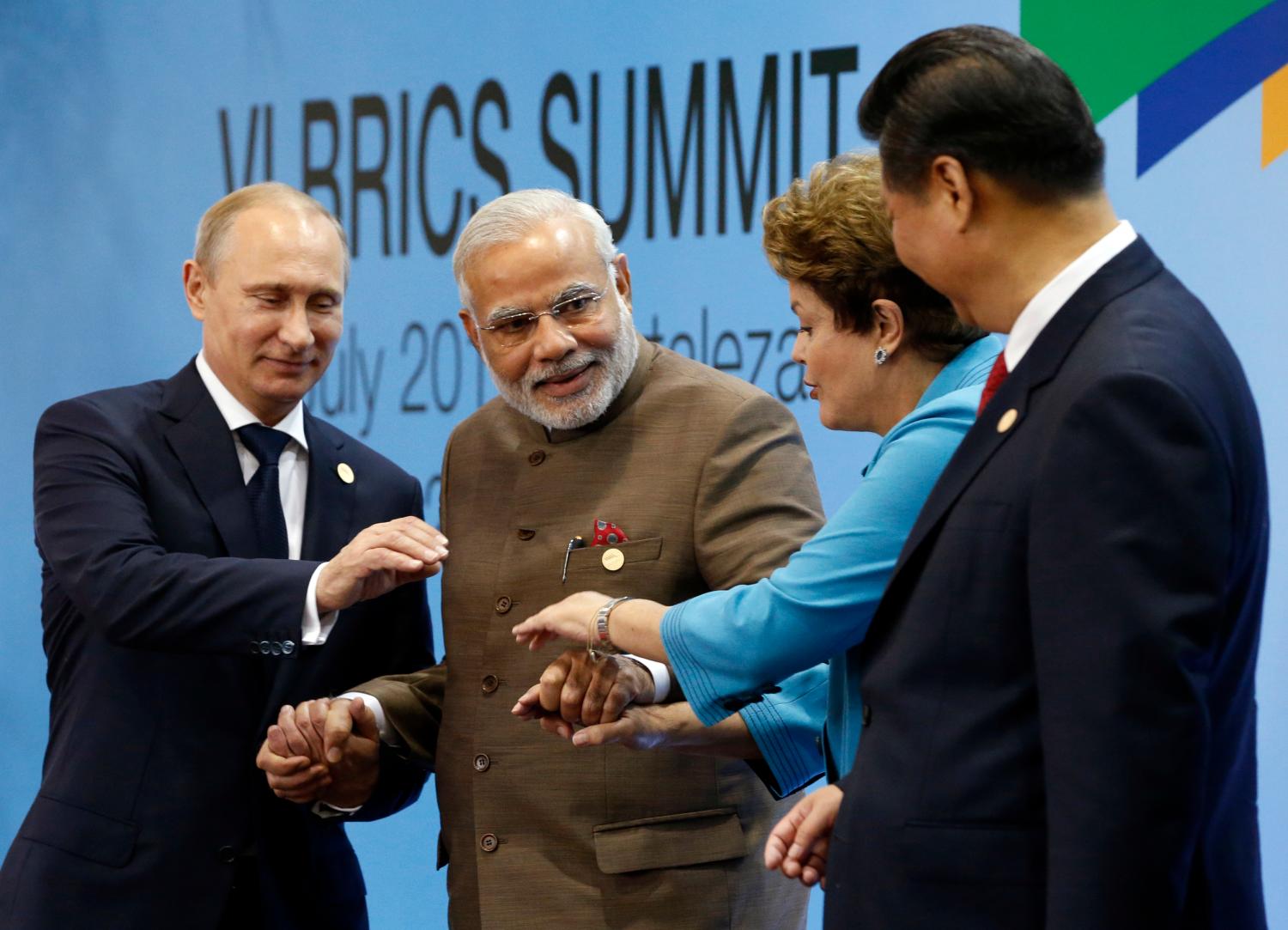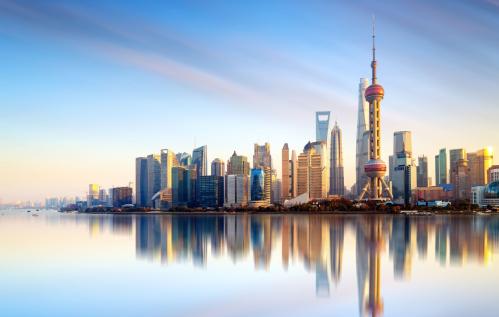Content from the Brookings Institution India Center is now archived. After seven years of an impactful partnership, as of September 11, 2020, Brookings India is now the Centre for Social and Economic Progress, an independent public policy institution based in India.
Editor’s Note: The following summarizes Tanvi Madan’s book chapter, “What in the World Is India Able to Do? India’s State Capacity for Multilateralism” from the book Shaping the Emerging World: India and the Multilateral Order (Brookings Institution Press, 2013). Madan looks at the factors that impact India’s capability to implement policy in the multilateral order and also suggests some ways in which the capacity-related challenges to India’s effective participation can be mitigated.
As India aspires to move from a rule-taker to a rule-maker, or at least a rule-shaper role, in the multilateral order, the main question being asked is, “What will India do?” Perhaps an equally relevant question is, “What is India able to do?” This question is directly related to India’s state capacity, which this chapter defines as a state’s ability to develop and implement policy.
This chapter begins with a look at why capacity matters, as well as an assessment of the people and ideas available to the Indian state that could help it to shape the multilateral order. Discussions about the state’s ability to operate and to exercise influence in the external realm often start— and sometimes end— with the numbers question. The factoid most often quoted is that India and Singapore have about the same number of foreign service officers. Capacity, however, also involves other components that are often overlooked.
The chapter lays out four such elements that are affecting the ability of Indian policymakers to formulate and implement policy broadly related to the external arena: the changing nature of policy issues; domestic politics; the media and public opinion; and the corporate sector’s increasing international interests and involvement. The chapter then provides examples of how these elements have affected the Indian government’s ability to act on some multilateral questions, examining multilateral trade negotiations in particular. It also looks briefly at their impact on climate change negotiations, as well as a few other multilateral issues. Finally, it suggests some ways in which the capacity- related challenges to India’s effective participation in the multilateral order can be mitigated.




